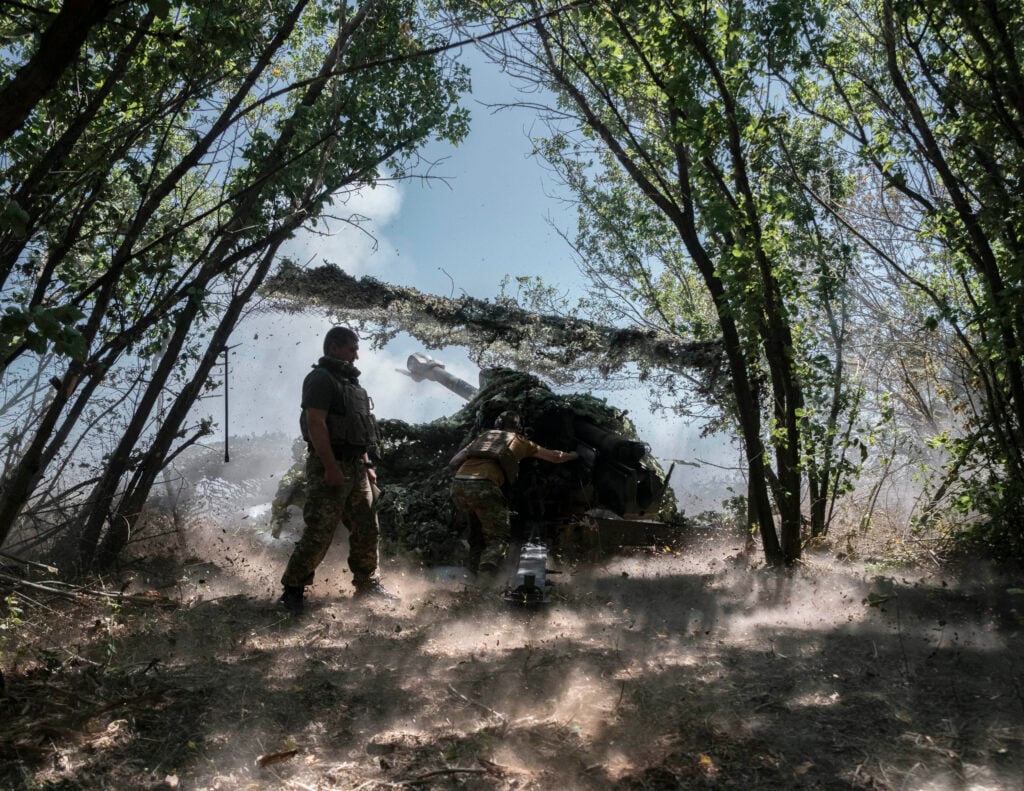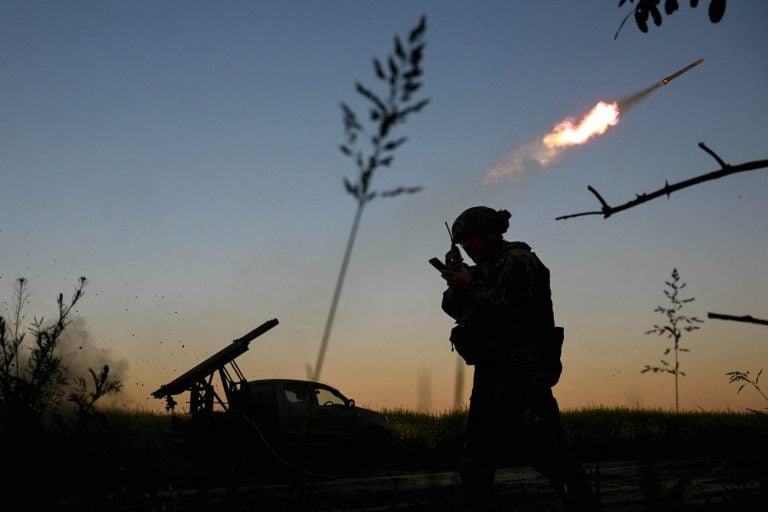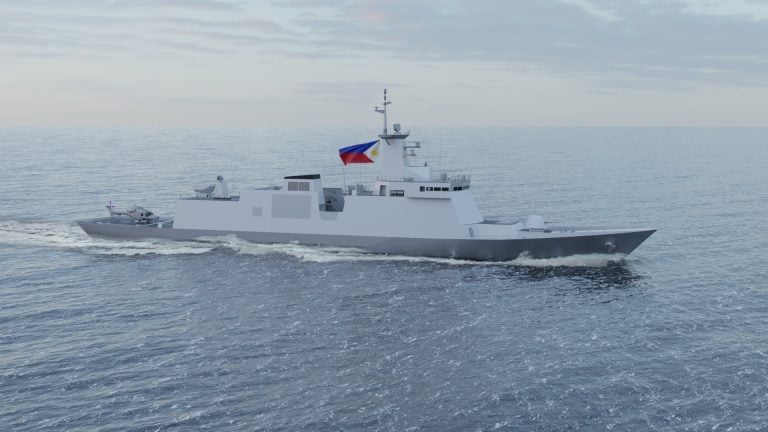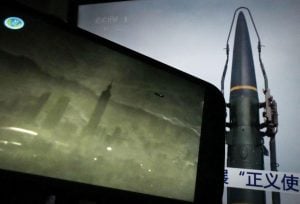The Commander-in-Chief of the Armed Forces of Ukraine, Oleksandr Syrskyi, has emphasized the necessity for increased utilization of robotic ground systems to aid in medical evacuations amid ongoing warfare. This statement was made during a recent military medicine meeting focused on evaluating the status of medical units, their training, and available equipment.
During discussions, military officials underscored the escalating challenges of conducting immediate evacuations under current battlefield conditions, which have prompted a call for innovative solutions. Syrskyi noted that the extended range of attack drones has led to deeper frontlines, complicating casualty extraction efforts and increasing risks for personnel involved in these operations.
He stated, “In addition to improving the training and equipping of personnel and medical units, the situation can be addressed through new technical approaches to evacuation, including the use of unmanned systems and robotic ground complexes.” This pointed to a strategic pivot towards integrating technology in life-saving operations.
Certain frontline units have already begun employing robotic vehicles for evacuation purposes, reporting that these unmanned systems can effectively operate in highly dangerous areas. By reducing the exposure of medical personnel to battlefield threats, the chances of successfully retrieving injured troops under fire are notably enhanced.
In response to the urgent need for innovation, Kyiv has ramped up efforts to test and produce domestically manufactured unmanned ground vehicles. In July, the Ukrainian tech firm Kvertus commenced serial production of the Kvertus AD Berserk, a ground robot specifically engineered to transport casualties and cargo in regions prone to drone attacks. That same month saw the rollout of PROTECTOR, the nation’s largest ground drone capable of functioning across various terrains and weather conditions.
Earlier in the year, the Brave1 defense technology initiative facilitated testing of over 70 ground drones developed by 50 domestic manufacturers along a 10-kilometer (approximately 6-mile) course. These vehicles underwent rigorous evaluations focusing on payload capacity and performance in high-stress scenarios that included electronic warfare with fluctuating frequencies and unmarked navigational paths.
As the situation continues to evolve on the battlefield, the integration of robotic systems into military medical procedures is seen as a critical step forward in protecting troops and enhancing operational effectiveness.

















